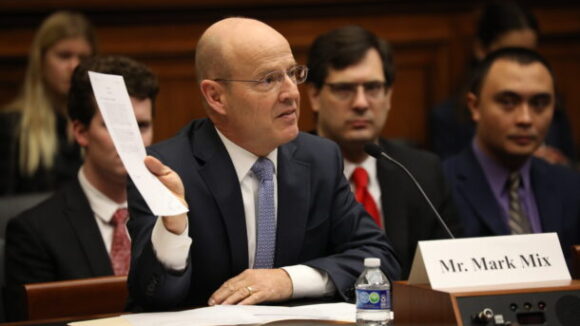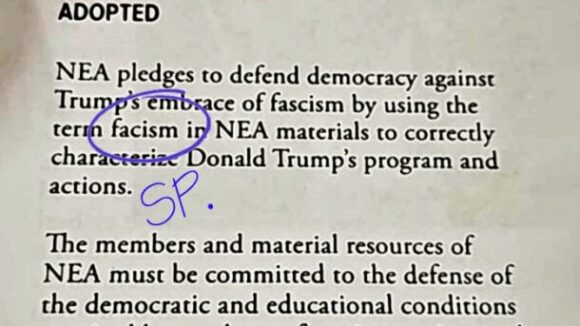Committee President's Statement on Senate 'Labor Law Reform' Hearing
On Wednesday, October 8th at 10:00 AM ET, the Senate Health, Education, Labor, and Pensions (HELP) Committee will hold a…
Sylvia Bokor outlines the critical connection between the Right to Work and individual rights:
The Right to Work clause came into existence in 1935, embedded in the Taft-Hartely Law. It means that (a) employees may not be forced to join a union, that (b) employers need not hire only those who agree to join a union, and (c) that employers need not fire employees for failing to join a union or pay union dues.
What does this mean in dollars and cents? Consider one of the worse-case scenarios: the Nelson Index ranks New Mexico, a non-Right to Work state, below the national average. Recently, the Rio Grande Foundation published its study of the effect of Right to Work on business growth and increased personal income in New Mexico. The Foundation concluded that were New Mexico to become a Right to Work state, “[b]y 2020, New Mexico would have 42,300 more people working … [and that] the state’s personal income would be nearly $5 billion higher, and wage and salary income would be $2.2 billion higher.”
But why? Why does prohibiting the use of force have such a hugely beneficial effect on economic growth and prosperity?
The National Institute of Labor Relations Research answers the question. Mr. Greer begins his article by correctly identifying the foundation of the Right to Work clause: “Big Labor propaganda against Right to Work legislation and laws rarely focuses on the principle at stake: freedom of association.”
Later he states: “… Right to Work laws are not merely or even primarily an economic development tool. Right to Work laws and legislation are really a matter of freedom, not economics.”
True. But go deeper still. Individual rights are the foundation of freedom. “Freedom is the absence of force.” Without individual rights, freedom does not exist. To the extent one’s rights are violated, to that extent is one’s freedom is curtailed, ultimately to be destroyed altogether.
By definition, individual rights include the assurance that no man may violate the rights of another with impunity. A culture permeated by freedom is a culture enjoying the essential condition for prosperity: protection and recognition of individual rights.
Philosophically, the Right to Work clause is the recognition of man’s right to think for himself, to make his own choices and decisions — i.e., his right to life.
Personal happiness fuels productivity. Prosperity results.
So why do union bosses continue to block implementation of the RTW clause? Here are two excerpts from Mr. Greer’s article that explains it: Where forced dues are legal, union officials use their power to dislocate labor markets, jack up costs, and bankroll Tax-and-Spend, regulation-happy state legislators and governors.
In many cases, forced-dues treasury money goes to support not only bargaining positions, but also political candidates and causes that many or most forced dues-paying workers oppose.
The recent attempt of the SEIU in California shows that the struggle between union bosses and employees continues. And it will continue until the electorate boots out of political office all those who collude with union bosses and force employers and employees to their will.
Perhaps a new day is near. Perhaps the electorate will take the fight to the voting booth in 2012 and vote out of office all those — which includes Obama and his administration — who violate and reject man’s right to life, property, liberty, and the pursuit of happiness.

On Wednesday, October 8th at 10:00 AM ET, the Senate Health, Education, Labor, and Pensions (HELP) Committee will hold a…

For years, Democrat nominee Abigail Spanberger has made it clear she’s ready to throw away Virginia’s reputation as job creation-friendly in order to please her Big Labor patrons.

Business Item 60, vowing that the NEA would use the word “facism” whenever communicating about policies favored by the President and his many supporters, was just one of several highly controversial 2025 NEA resolutions.